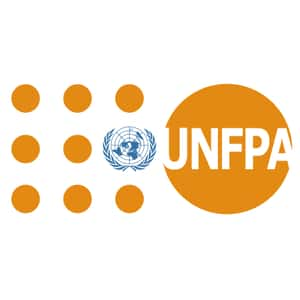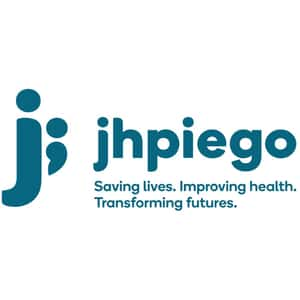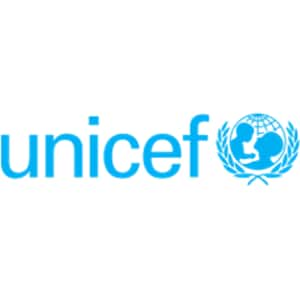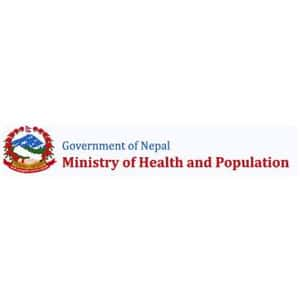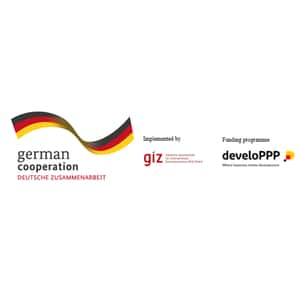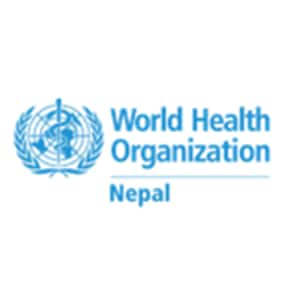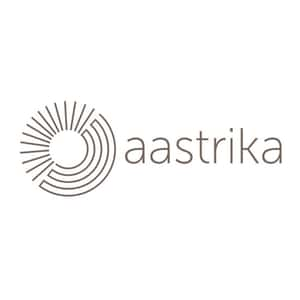Strengthening health care education in Nepal
04:13
Every healthcare student should graduate with competence and confidence to provide quality maternal and neonatal care. Simulation-based training can make this happen.

Every year, 140 million babies are born. To ensure these births are safe, the world needs 900,000 more midwives. At current rates, there will be a shortage of 750,000 midwives by 2030.
The International Confederation of Midwives (ICM) has developed guidelines for how to implement competency-based, quality education. But the lack of well-trained educators, limited access to clinical sites, and few opportunities to attain and retain skills remain challenging.
We want to address the coverage gap through increasing throughput in education, and the quality gap, by ensuring the quality and relevance of education.
If we invest in well-trained midwives:
Establishing Midwifery in Nepal
Nepal established midwifery education in 2016, but even with new institutions, there were significant gaps.
In collaboration with the Ministry of Health and Population, GIZ, WHO, UNICEF, and national professional associations, we worked to address these.
This included integrating simulation-based training into the national midwifery curricula, establishing simulation labs, and training faculty in simulation methodology.
We’ve been seeing change. Student and faculty skills performance has more than doubled. More than 100 new midwives have graduated, and 300 midwifery students have been trained. This collaboration is now expanding to nursing and medical students.
Making Changes Globally
For large-scale and sustainable change, it is necessary to work with dedicated partners and government agencies. We’re working with partners worldwide to strengthen the quality of midwifery education.
As a member of the Alliance to Improve Midwifery Education (AIME), we work together with the WHO, ICM, UNFPA, UNICEF, and other partners to raise the quality of midwifery education by developing new training resources, guidelines, evidence, and advocacy to address gaps in midwifery education.
Paving the Way for India
In India, we’re working with Jhpiego, the Fernandez Foundation, Aastrika Foundation, and others to support the government of India in training and educating India’s first cadre of 86,000 midwives.
The Government of India is establishing 14 National Midwifery Training Institutes linked to 10 State Midwifery Training Institutes. With our partners, we want to develop midwifery faculty, and have skills practice and simulation institutionalized at these training centers.
Introducing Team-Training for Nurses in Zanzibar
At the SUZA School of Nursing in Zanzibar, faculty and students have been enjoying a new simulation center which has been designed and filled based off the competency needs in their nurse and midwifery curricula.
In collaboration with Wajamama and Ariadne Labs, we’ve been shifting their learning methods away from lectures to hands-on, team-based learning, and building up simulation competency for long-term change.
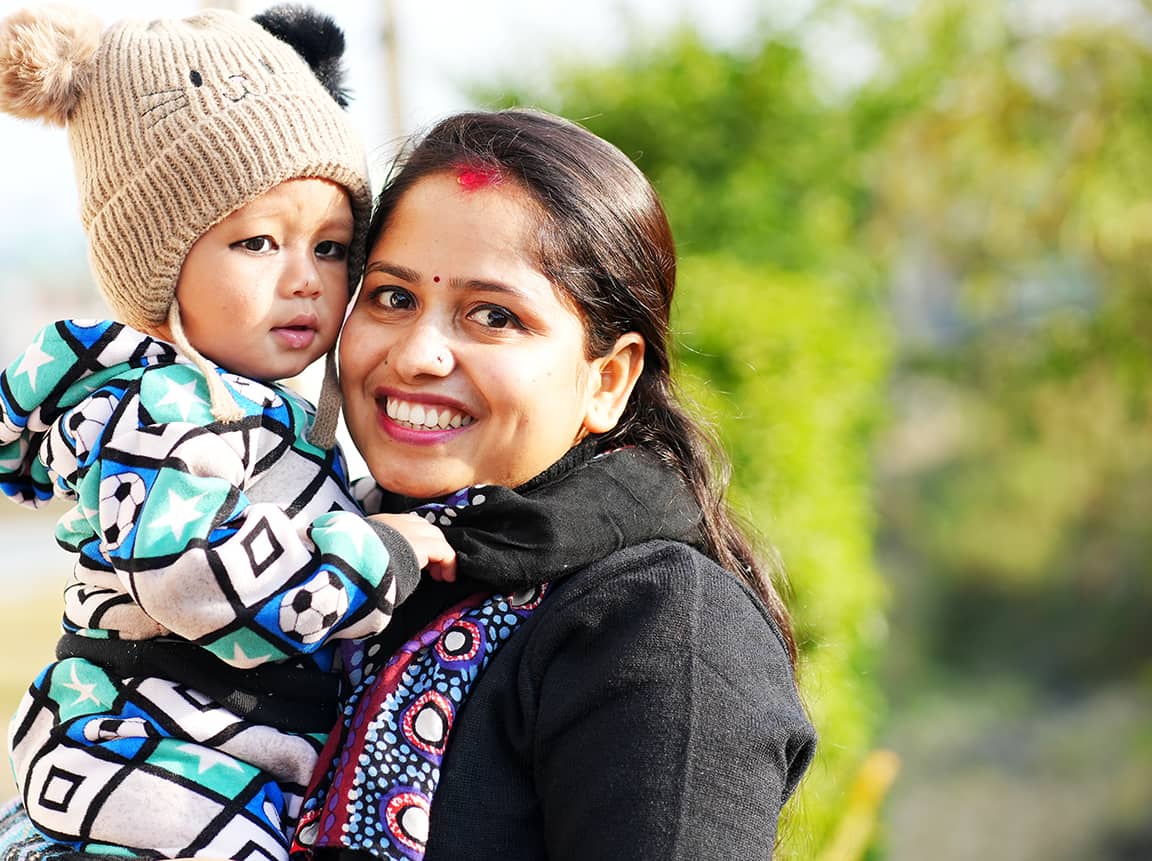
When baby Aaresh was born, the hospital was busy and short on staff. Bedika, a newly trained midwife, noticed he was not breathing. She had to manage the resuscitation alone for the first time. “I took a deep breath and remembered what I had learned. We practiced resuscitation regularly to keep our skills sharp. I had practiced a difficult case where I had to do bag and mask ventilation for 2 minutes – it’s quite a long time. I didn’t give up. I continued for 2 minutes and 30 seconds. I only stopped once I heard the sound I had hoped for – the baby cried.”
